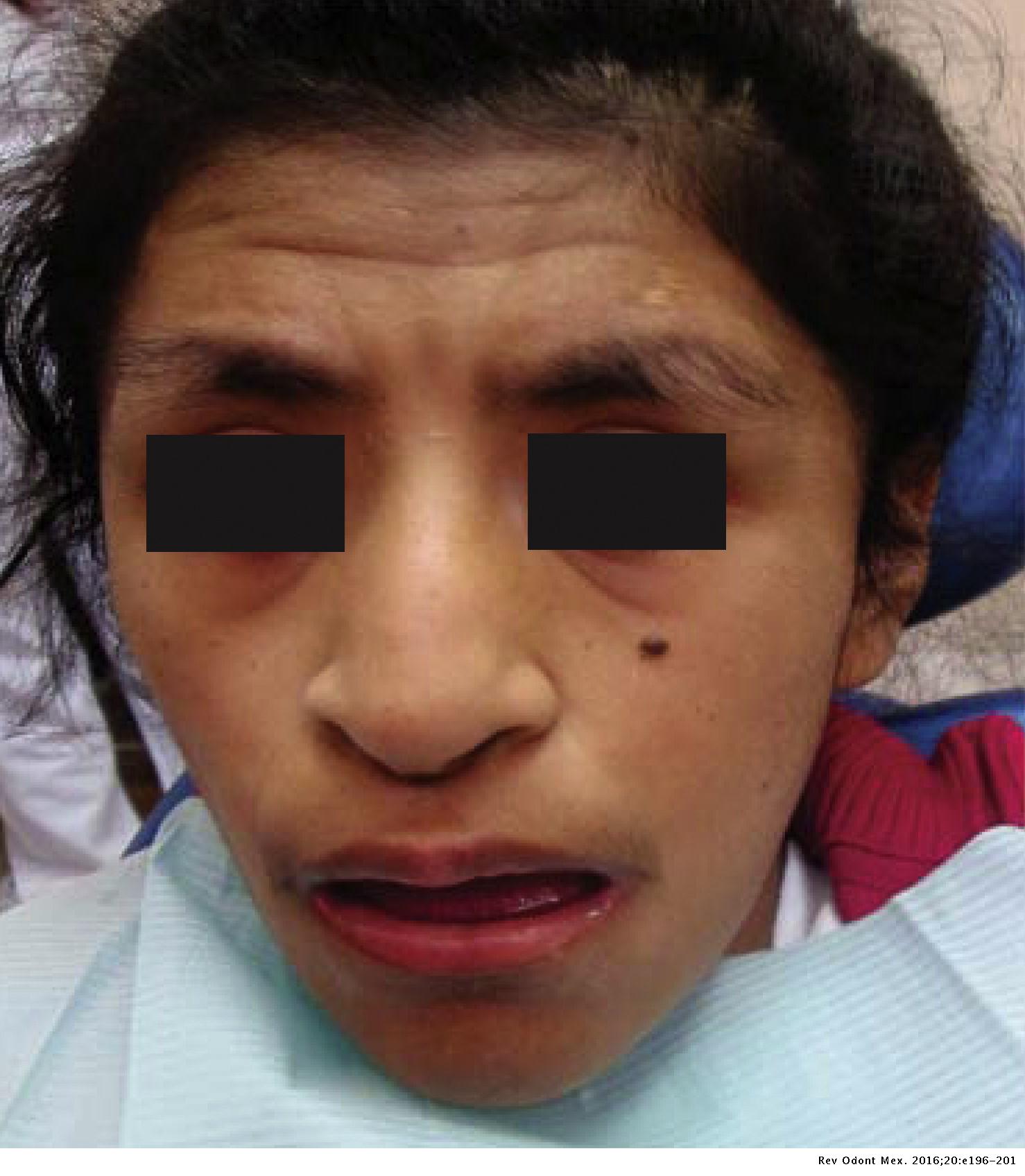PDF] Patent Ductus Arteriousus Device Closure in an Infant with Rubinstein–Taybi Syndrome
Por um escritor misterioso
Descrição
A typical six-month-old girl with Rubinstein–Taybi syndrome was presented with typical facial changes including downward-sloping palpebral fissures, prominent forehead, hypertelorism, limited mouth opening, large beaked nose, and high arched palate. Rubinstein–Taybi syndrome (RTS) was first described by Michail et al[1] and subsequently by Rubinstein and Taybi[2]. We present a typical six-month-old girl with RTS. Her mother had ovarian cancer and polyhydramnios during the pregnancy. Parents are closely related. There were frequent respiratory infections resulting in two hospital admissions. Physical examination revealed typical facial changes including downward-sloping palpebral fissures, prominent forehead, hypertelorism, limited mouth opening, large beaked nose, and high arched palate (Fig. 1). A history of increased tearing was compatible with nasolacrimal duct obstruction. Other features include general hypotonia with delayed developmental milestones, short and broad thumbs and toes (Fig. 1). Chest x-ray showed cardiomegaly (Fig. 2). She had normal karyotype.
![PDF] Patent Ductus Arteriousus Device Closure in an Infant with Rubinstein–Taybi Syndrome](https://media.springernature.com/m685/springer-static/image/art%3A10.1038%2Fs41372-019-0513-8/MediaObjects/41372_2019_513_Fig2_HTML.png)
Comparison of 'post-patent ductus arteriosus ligation syndrome' in premature infants after surgical ligation vs. percutaneous closure
![PDF] Patent Ductus Arteriousus Device Closure in an Infant with Rubinstein–Taybi Syndrome](https://europepmc.org/articles/PMC7605084/bin/PEDS_20201209_f3.jpg)
Patent Ductus Arteriosus of the Preterm Infant. - Abstract - Europe PMC
![PDF] Patent Ductus Arteriousus Device Closure in an Infant with Rubinstein–Taybi Syndrome](https://assets.aboutkidshealth.ca/akhassets/Patent_ductus_arteriosus_XRAY_MEDIMG_PHO_EN.png?RenditionID=19)
Diagnosis of patent ductus arteriosus (PDA) in premature babies
![PDF] Patent Ductus Arteriousus Device Closure in an Infant with Rubinstein–Taybi Syndrome](https://pedctsurgery.ucsf.edu/media/2715917/patent_ductus.jpg)
Pediatric Cardiothoracic Surgery - Patent Ductus Arteriosus
![PDF] Patent Ductus Arteriousus Device Closure in an Infant with Rubinstein–Taybi Syndrome](https://www.ahajournals.org/cms/asset/da397e7a-c095-4af0-b063-c25e9a6b9d6c/jah37672-fig-0002.png)
Patent Ductus Arteriosus: A Contemporary Perspective for the Pediatric and Adult Cardiac Care Provider
![PDF] Patent Ductus Arteriousus Device Closure in an Infant with Rubinstein–Taybi Syndrome](https://media.springernature.com/full/springer-static/image/art%3A10.1038%2Fs41598-019-52936-6/MediaObjects/41598_2019_52936_Fig1_HTML.png)
Characteristics of Patent Ductus Arteriosus in Congenital Rubella Syndrome
![PDF] Patent Ductus Arteriousus Device Closure in an Infant with Rubinstein–Taybi Syndrome](https://media.springernature.com/lw685/springer-static/image/art%3A10.1038%2Fs41598-019-52936-6/MediaObjects/41598_2019_52936_Fig4_HTML.png)
Characteristics of Patent Ductus Arteriosus in Congenital Rubella Syndrome
![PDF] Patent Ductus Arteriousus Device Closure in an Infant with Rubinstein–Taybi Syndrome](https://ars.els-cdn.com/content/image/1-s2.0-S187521362100108X-gr2.jpg)
Transcatheter patent arterial duct closure in premature infants: A new technique to ease access to the patent arterial duct, with particular benefit for the tricuspid valve - ScienceDirect
![PDF] Patent Ductus Arteriousus Device Closure in an Infant with Rubinstein–Taybi Syndrome](https://ars.els-cdn.com/content/image/1-s2.0-S193687981631545X-gr1.jpg)
Transcatheter Closure of Patent Ductus Arteriosus in Extremely Premature Newborns: Early Results and Midterm Follow-Up - ScienceDirect
![PDF] Patent Ductus Arteriousus Device Closure in an Infant with Rubinstein–Taybi Syndrome](https://cf-images.us-east-1.prod.boltdns.net/v1/static/3850378299001/8224cfc4-d176-49f3-8f6e-5a6fca1b87b0/e6378e1e-5588-4ab3-adf5-d08470004976/1280x720/match/image.jpg)
Patent Ductus Arteriosus (PDA) - Pediatrics - Merck Manuals Professional Edition
![PDF] Patent Ductus Arteriousus Device Closure in an Infant with Rubinstein–Taybi Syndrome](https://rc.rcjournal.com/content/respcare/67/5/594/F1.large.jpg)
Definitive Closure of the Patent Ductus Arteriosus in Preterm Infants and Subsequent Short-Term Respiratory Outcomes
![PDF] Patent Ductus Arteriousus Device Closure in an Infant with Rubinstein–Taybi Syndrome](https://imgv2-2-f.scribdassets.com/img/document/248173417/original/4121dff16e/1702179578?v=1)
Patent Ductus Arteriosus (PDA)
de
por adulto (o preço varia de acordo com o tamanho do grupo)







